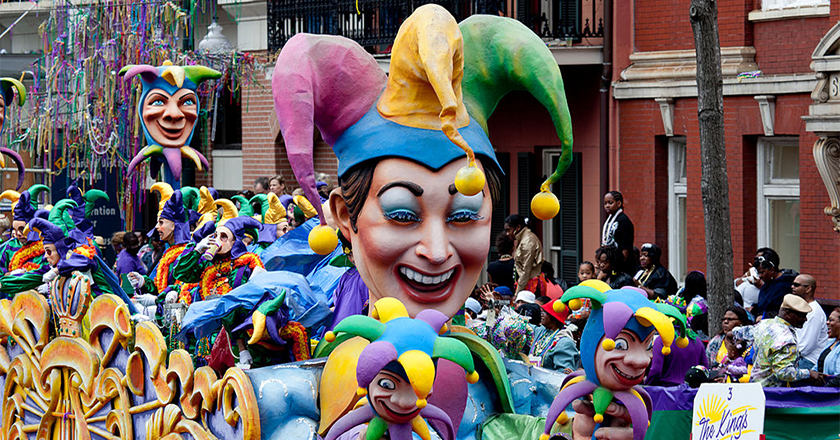Mardi Gras, also known as Fat Tuesday or Carnival, is a time when people let loose and celebrate to the fullest. During the Carnival season you can expect to see parades of colorfully dressed people and floats, elaborately masked individuals, and flying Mardi Gras beads. Music, food, drinks, and dancing seem nearly limitless as people gather in the streets of New Orleans to attend what is promised to be a good party.
Roughly 1.4 million people gather in the streets of New Orleans every year to partake in the Mardi Gras festivities. And while it’s a culturally rich event, the nature of the celebration makes it easy to see how things could go wrong. The emergency management department and first responders in New Orleans have to be well prepared for Carnival season.
Maintaining Safety with Emergency Management
The New Orleans emergency management team has years of experience with Mardi Gras celebrations. They know what needs to be done to keep festival goers safe, and do their best to manage the massive crowd.
According to The Associated Press, some steps taken to keep Carnival safe for all attendees include conducting training exercises for support personnel, pausing construction during the event, and installing gutter buddies to protect the delicate sewer systems, among others.
The New Orleans emergency management team has also launched a website where people can easily track the parades and locate first aid stations and bathrooms. Additionally, attendees can sign up for alerts about weather, traffic, and safety information by texting MARDIGRAS to 888777 or following the event on Twitter at @nolaready.
Tech Helps Keep the Party Going
With a public party of this magnitude, emergency management professionals would benefit highly from having a tool that can help manage the crowds and their response efforts.
First responders and emergency managers are likely spread out across the city, so it is essential to have a reliable and versatile communication tool.
Some platforms out on the market allow people to communicate through notifications, chatrooms, SMS, email, and phone. This ensures that everyone who needs visibility over the situation has access to essential information.
Responders can access the platform straight from their mobile devices and submit reports directly from the field with attached videos and images. This is excellent for health and safety forms, police reports, and damage assessments. The platform will compile a database of all incidents that happen during Mardi Gras while responders are still maintaining their positions in the field.
Another key component of some emergency management platforms is the live GIS mapping. This map allows public safety officials to close roads with the click of a button, and notify staff immediately of the update, identify key areas, such as first aid stations, and map incidents, such as injuries or property damage, with ease.
All of these components working in conjunction not only provide emergency managers with situational awareness as Carnival unfolds, but also makes after action reporting a breeze because all data and communication is logged and time stamped in the system. Responders have full visibility over everything that happened throughout the event.
Working Together for a Safe Carnival
New Orleans Mardi Gras is one of the most widely known and revered parties in the country. People from all over make the trip to NOLA every year to engage in the festivities and make lasting memories.
The emergency management team in New Orleans strives to make these memories safe and happy ones through their work to prepare the city for Carnival and to respond to any crisis that may arise promptly and efficiently.
Technology can supplement that response and make it much easier for professionals to be aware and take control of the various situations at hand. Visibility and communication are key components to a successful response.
Next time you’re at a large scale celebration, think about what’s being done to keep you safe, and work with first responders to ensure that their plans are being carried out effectively. Awareness can make all the difference in times of potential crisis.








